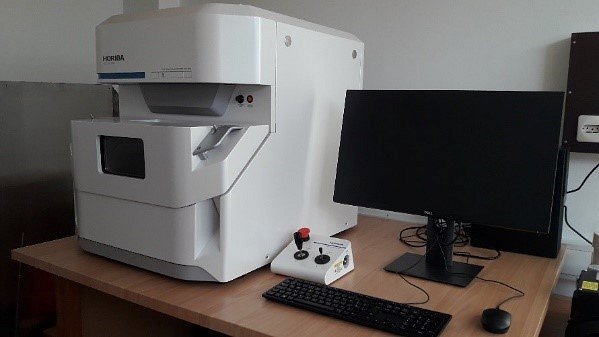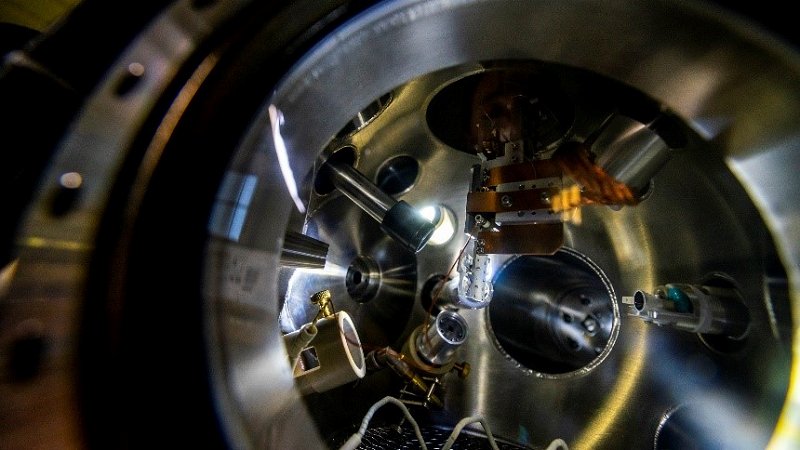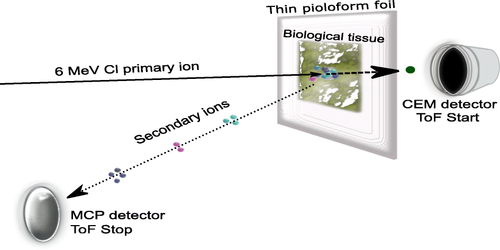ERIC Euro-BioImaging
Department F2
Jožef Stefan Institute
Jamova 39
1000 Ljubljana
Leader: Prof. Dr Primož PeliconCoworkers: Dr Esther Punzón Quijorna, Prof. Dr Katarina Vogel-Mikuš, Dr Mitja Kelemen, Dr Marijan Nečemer, Doc. Dr Paula Pongrac, Dr Žiga Barba, Dr Boštjan Jenčič, Mirjana Sepahyar Lorentzen

Euro-BioImaging is the European landmark research infrastructure for biological and biomedical imaging as recognised by the European Strategy Forum on Research Infrastructures (ESFRI). Through Euro-BioImaging, life scientists can access imaging instruments, expertise, training opportunities and data management services that they might not find at their home institutions or among their collaboration partners. All scientists, regardless of their affiliation, area of expertise or field of activity can benefit from these pan-European open access services, which are provided with high quality standards by leading imaging facilities.
Euro-BioImaging was granted the legal status of an ERIC (European Research Infrastructure Consortium) on 29 Oct 2019, and Euro-BioImaging became fully operational in December 2019.
In 2021, Slovenia became a full member of Euro-BioImaging ERIC. The Slovenian consortium of infrastructure centers dealing with biomedical and biochemical imaging (SiMBION) was founded in 2018. The vision of this consortium is to connect groups using different imaging methods with an interdisciplinary approach to the analysis of biological and medical samples. In 2022, SIMBION applied for a Node in Euro-BioImaging ERIC, in order to provide a transnational access to its research infrastructure.
Department of Low and Medium Energy Physics at Jožef Stefan Institute contributes a highly focused and state-of-the art techniques to the SiMBION:
- Elemental imaging of biological tissue on microscopy scale with highly elementally sensitive technique micro-PIXE.
- Molecular imaging of biological tissue with a novel Imaging Mass Spectrometry technique MeV-SIMS.
- Elemental imaging of biological tissue on mesoscopic scale with lateral resolution of 20 micrometers with micro-XRF technique
The Euro-BioImaging framework will strongly enriched the possibilities of Transantional Access (TNA) to the bioimaging techniques at the department, available within other EU projects/initiatives: H2020 project RADIATE and Horizon Europe Research Infrastructures project ReMade@ARI (2022-2026).


